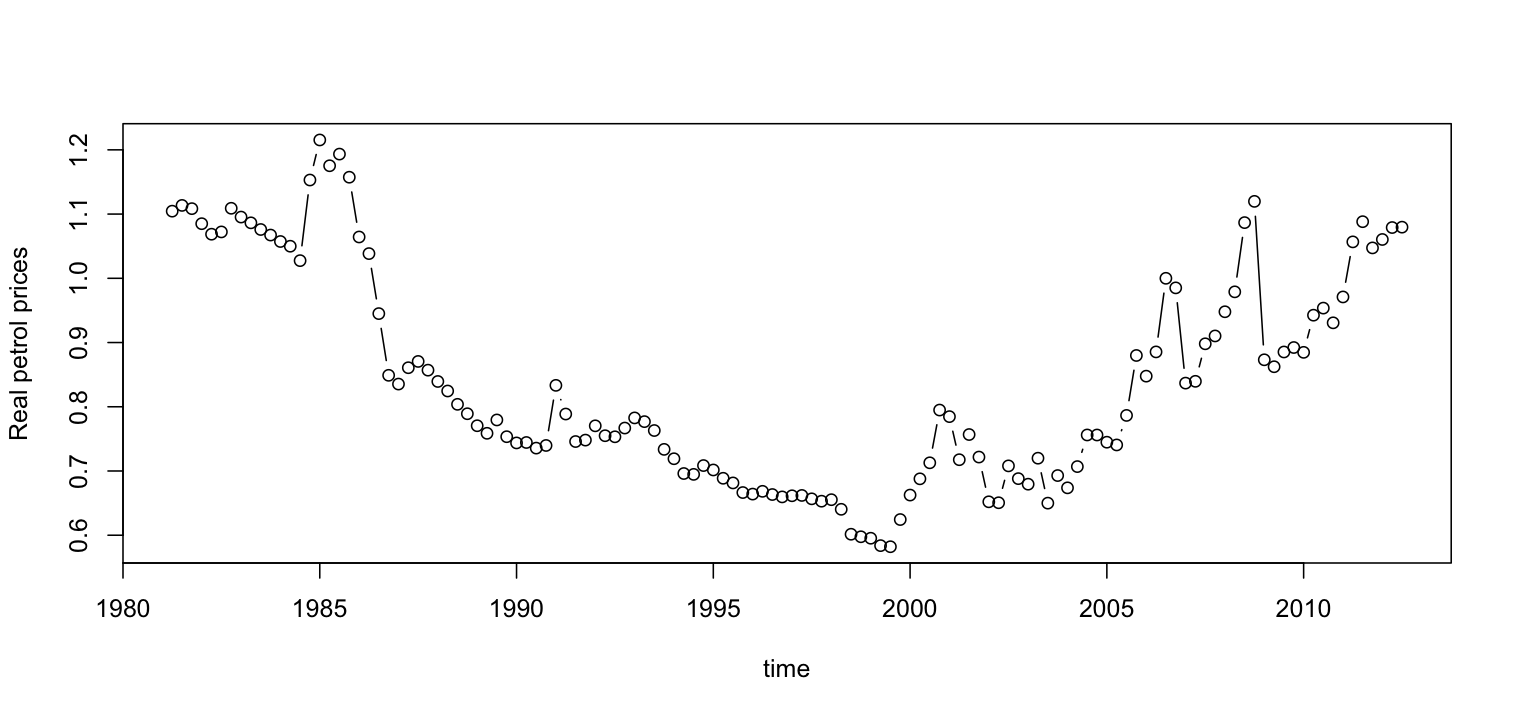One green-coffee ad at a time
Following up on the discussion of green coffee extract and unsupported health claims, I’d like to point out two links.
The Nightingale Collaboration is a British initiative to oppose unsupported health claims by making complaints to various regulatory bodies. This includes the Advertising Standards Authority, but also the professional councils that regulate various health professions. For example, the General Chiropractic Council regulates chiropractors in the same way that the General Medical Council regulates medical doctors, and both have a duty to investigate complaints of, say, misleading advertising by their members.
In New Zealand the main resource would be the NZ Advertising Standards Authority. They have details of the Advertising Codes (which were formulated by advertisers and media, not handed down from above), and complaint procedures, including an online complaint form. If you honestly believe an advertiser is making an unsupported health (or environmental, or financial) claim, you can file a complaint explaining why. Your part in the process is now over. All complaints are reviewed by the Chairman, and if there is potential merit to the claim, the advertiser has to respond:
The Advertising Standards Authority’s complaints process operates on the basis that the Advertiser must provide substantiation/evidence to support the claims made in their advertising. Therefore, if a complaint is made that an advertisement is misleading or deceptive, it is the responsibility of the Advertiser to provide sufficient information to enable the Complaints Board to assess the accuracy of claims or statements made.
Last year I filed a complaint about a website selling green tea extract, and the process seemed to work.
